Ever wondered why so many companies are betting big on India when it comes to textiles? It’s not just about cheap labor—there’s a lot more under the hood. In 2024, India grabbed the second spot as the world’s biggest textile producer, right after China, but is quickly narrowing the gap. Big names like H&M, Zara, and Levi’s don’t just source from India for the prices—they love the variety, the massive skill base, and the smart upgrades factories are making in sustainability.
You can find everything from basic cotton tees to crazy intricate embroidered fabrics, all in one place. India’s clusters like Tirupur for knits and Surat for synthetics are almost like full-blown cities dedicated to textile business. Try getting a bulk order turned around fast? Indian manufacturers have built systems to keep lead times short and solve everyday problems without drama. That’s a big deal when reliability makes or breaks your margins.
- Textile Industry Powerhouses: The Real Players
- India’s Advantages Nobody Talks About
- How Indian Textile Manufacturers Work Differently
- Cost Factors: Who Actually Wins?
- Global Demand and Export Trends
- Making the Smart Choice for Your Business
Textile Industry Powerhouses: The Real Players
When it comes to the global textile game, a handful of countries really dominate. China still sits at the top, but if you dig a bit, India is right on its heels—and both have very different strengths. Bangladesh and Vietnam aren’t far behind, relying more on ready-made garments, but they don’t hit the same scale as China or India, especially for materials and variety.
Here’s a look at how the biggest names stack up in textile business:
| Country | Strengths | 2024 Share of Global Exports (Textiles & Garments) |
|---|---|---|
| China | Massive capacity, low labor costs, advanced automation | ~33% |
| India | Wide fiber variety, skilled labor, flexible orders, eco-friendly push | ~11% |
| Bangladesh | Super affordable for simple garments, large factories | ~7% |
| Vietnam | Quick lead times, strong in sportswear/knits | ~6% |
One reason India’s share is climbing every year? Unlike China, India covers the full cycle—from growing cotton to spinning, weaving, finishing, and even high-end embroidery. Plus, India has over 45 million people directly working in textiles. That’s a workforce almost the size of Spain’s entire population, dedicated to moving fabric and fashion from farms to finished products.
But raw numbers don’t tell the full story. Bangladesh and Vietnam shine in basic garment exports, but if you need technical fabrics or just want orders to get done quickly and flexibly, India and China are where most business owners end up. In the past, China won out on both speed and price, but rising wages and stricter government rules have closed the gap. That’s why smart buyers keep a close eye on India—costs are stable, and there’s less drama with constant policy changes or sudden factory shutdowns.
Here’s a fast tip: If your brand cares about sustainable fabrics or wants traceable supply chains, India’s recent eco-gear shift is hard to match. Quite a few Indian manufacturers have jumped into organic cotton and recycled fibers, aiming for major apparel certifications.
India’s Advantages Nobody Talks About
You always hear about cheap costs in India. But there’s so much more powering its textile business—stuff that often flies under the radar until you see it up close.
For starters, India has one of the widest raw material baskets on the planet. We’re not just talking cotton. India crushes it in jute, silk, viscose, hemp, and even recycled polyester. No other country supplies this much variety so consistently. Flip through any export report: in 2023, India churned out over 5.3 million metric tons of cotton—second only to China.
Labor is another key piece, but it's about more than just the numbers. The textile workforce here isn’t just big—it's skilled. We’re talking families where weaving skills pass down for generations. That’s why buyers looking for unique designs and handwork always turn to Indian suppliers for their limited edition runs.
Check out this quick overview of what makes India’s textile game so strong:
- Government support: India dishes out low-interest loans and tax breaks for textile manufacturing upgrades and exports. The PLI (Production-Linked Incentives) scheme alone handed out incentives worth $1.4 billion in 2024.
- Integrated supply chain: Mills, spinners, dye houses, and even packaging—they’re all just a short drive apart in clusters like Surat or Ludhiana. This means less waiting around for materials and fewer shipping headaches.
- Tech upgrades: Indian factories are ditching outdated setups. Smart automation, digital printing, and water-saving dyeing lines are standard in top mills now. Many suppliers offer real-time tracking for orders, which keeps foreign buyers coming back.
- Eco focus: India is emerging as a major player in organic and recycled fabrics. Over 1,600 textile factories in India are GOTS (Global Organic Textile Standard) certified as of 2024.
Here’s a quick data snapshot to put things in perspective:
| Advantage | India Stats/Details (2024) |
|---|---|
| Raw Material Export | Top 3 globally in cotton, jute, and silk exports |
| Certified Workforce | Over 45 million direct jobs in textiles |
| Eco Certifications | 1,600+ GOTS certified units |
| Government Incentives | $1.4 billion under PLI scheme |
| Cluster Infrastructure | Major clusters: Tirupur, Surat, Ludhiana, Panipat |
All this explains why global brands keep betting on India, not just for price, but for the whole serious package—choices, skills, support, and an ever-evolving playing field.
How Indian Textile Manufacturers Work Differently
Indian textile manufacturers have a way of keeping their operations tight, practical, and super flexible. You’ll see this right away if you compare them to their global counterparts. It starts with how they organize the whole process—from spinning raw cotton to finished garment—often under one roof or within a few kilometers in a textile hub. For example, Tirupur handles everything from knitting to printing to packaging, making it possible to deliver huge orders on tight schedules.
One thing that stands out? Family-run businesses are still a big deal. These aren’t small backyard setups—many are modern, high-capacity units, but that family culture means quicker decision-making and less red tape. It’s easier to talk directly to the person in charge if you need a rush job sorted or want to tweak your specs at the last minute. It’s real-life flexibility you won’t always get in a massive corporate setup.
Then there’s the mix of old-school skill and new tech. While handloom artisans are keeping traditional crafts alive, many factories have invested in automated spinning, dyeing, and finishing. According to a 2023 report by the India Brand Equity Foundation, “Over 70% of top Indian textile exporters now use digital production tracking and automated quality checks to cut lead times and reduce errors.”
"Indian textile units are leading the world not just in volume, but in the ability to rapidly customize for different markets,” says Ravi Sam, Chairman of The Southern India Mills’ Association. "That’s something buyers value more than ever."
Another big plus is compliance. In recent years, Indian manufacturers have stepped up with international certifications—think OEKO-TEX, GOTS (for organic textiles), and ISO standards. This makes it easier for brands from Europe and the US to work with them without the headache of double-checking every batch.
Here’s what really makes them different:
- Textile business clusters pack multiple suppliers, making logistics and cross-sourcing simple.
- Manufacturers offer low minimum order quantities, so even small brands can test new ideas.
- Quick sample development and last-minute changes are almost always possible.
- R&D teams often work with buyers to tweak fabrics or finishes—think moisture-wicking for sportswear or anti-microbial treatments for hospital gowns.
This mix of speed, tradition, high standards, and a can-do culture means you’re not just sending an order into the void—you’re actually working with people who get what fast-paced business is all about.
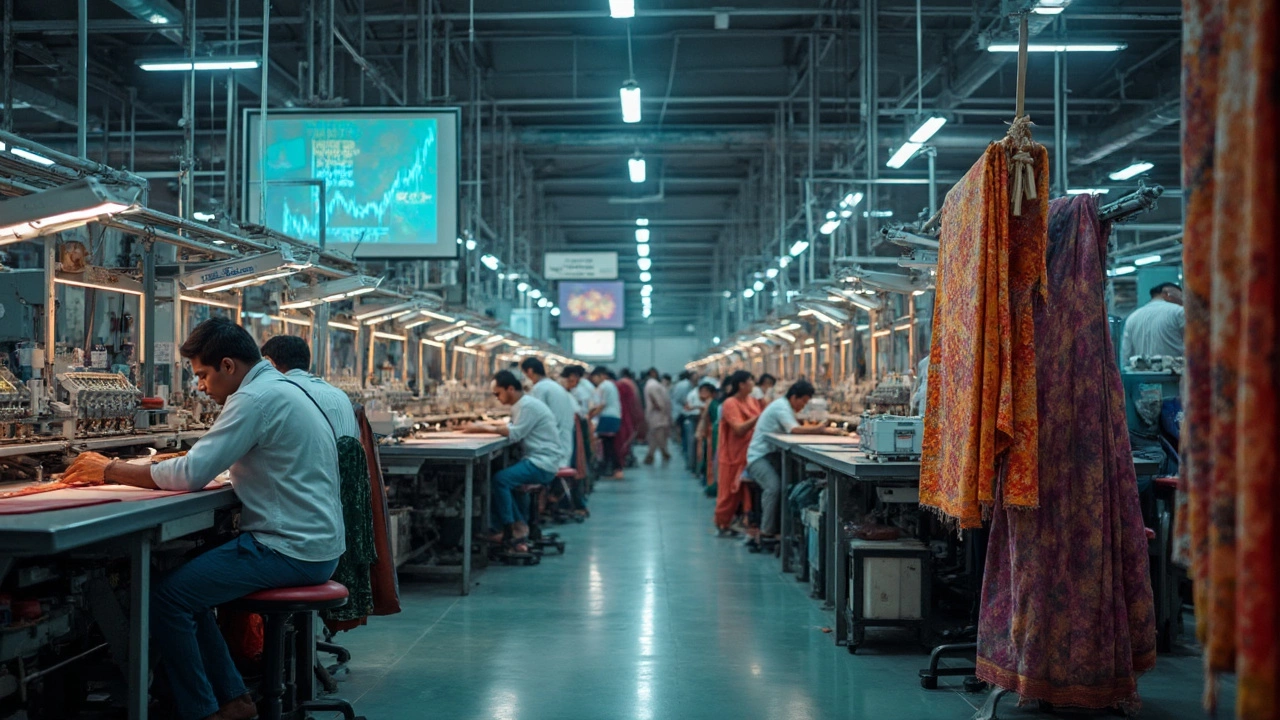
Cost Factors: Who Actually Wins?
If you’re sizing up costs for a textile business, you want numbers and a real-world look at who’s saving money and where. Let’s cut to the chase: India consistently outperforms most other countries when it comes to total manufacturing costs. It’s not just about labor—the local raw material supply, huge network of supporting industries, and government perks all stack up in India’s favor. If you compare average wages, electricity rates, and raw material costs, India often comes out ahead, especially on big orders.
"India’s textile labor costs are almost 30% lower than Vietnam and about 45% lower than Turkey for similar skill levels." — Source: Textile Outlook International, 2024 Report
But how do these numbers look in black and white? Check out this quick comparison for 2024:
| Country | Average Labor Cost (USD/hour) | Electricity Cost (USD/kWh) | Cotton Price (USD/kg) |
|---|---|---|---|
| India | 0.89 | 0.09 | 1.67 |
| China | 1.88 | 0.11 | 1.81 |
| Vietnam | 1.27 | 0.08 | 1.98 |
| Turkey | 2.55 | 0.14 | 2.05 |
These numbers don’t even include government incentives—which India hands out regularly for export and green energy investments. Some states give rebates up to 5% on power bills for textile business units.
That said, shipping can add up, especially if you’re targeting markets far from Asia. But most global brands do the math and still find India cheaper overall once you stack labor, materials, and time-to-market together. If your business leans hard on price or volume, India just keeps making sense.
- Tip: Always ask for updated freight costs—ocean shipping rates can swing your margins fast.
- Ask suppliers about renewable energy usage. Lower energy bills and green incentives can save you money.
- Check for local tax breaks. Indian states compete for textile factories and sometimes offer unique deals.
Global Demand and Export Trends
The world’s hunger for textiles keeps growing, and you can really see this in trade numbers. In 2024, the global textile market crossed $1.3 trillion—up by more than 6% since 2022. You might think China grabs it all, but India's textile exports hit $45 billion last year, a new high. That’s not some inflated stat—government data backs it up, and industry trackers show more businesses are placing bigger orders year after year.
Let’s talk about who’s buying. The biggest importers are the US, EU countries, Bangladesh, and Japan. India’s textile business is tight with these markets because they want everything: sustainable cotton, bold prints, handwork, and especially high-volume basics. After COVID shook up global logistics, buyers started spreading their bets, and India stepped in with reliability and huge production capacity.
More interesting, India’s not just shipping out raw cotton or boring yarn rolls. About 55% of exports are finished products—think garments, home linens, and made-ups. That means buyers can source everything “ready to sell” instead of just raw stuff, which saves time and headaches. Indian manufacturers have also caught on to global trends, moving fast with organic textiles, tech-driven fabrics, and circular fashion products to catch those big orders from Western brands that care about sustainability.
- Indian exports are especially strong in readymade garments and home textiles.
- Recent government policies, like Production-Linked Incentive (PLI) schemes, are making India’s offer even more attractive for overseas buyers.
- The country’s shipping and customs upgrades have cut export lead times, so brands can restock without long delays.
Bottom line: if you want a place that keeps up with worldwide demand and quickly ships products almost anywhere, India has turned into a true powerhouse. The numbers don’t lie—its role in the textile business keeps getting bigger, and the rest of the industry is paying attention.
Making the Smart Choice for Your Business
If you’re looking at India and thinking, “Is this the right place for my textile business?” you’re not just chasing a fad. There are some hard-hitting facts that make India stand out, especially if you want to scale quickly or tap into global markets.
First, India isn’t just about massive factories. The country has over 45 million people working in textiles—more than any country except China. That kind of workforce means you’re not stuck waiting for capacity. Big government policies, like the Production Linked Incentive (PLI) scheme, dish out real cash incentives for manufacturers to ramp up quality and invest in tech. It’s not something you find everywhere.
Want to export? India ranked in the top three globally for textile and apparel exports in 2024. Over $34 billion worth of Indian textiles shipped worldwide that year. Not only that—there’s massive diversity, from everyday cottons to fancy silk and eco-friendly fabric. This lets businesses mix product lines without hopping countries.
- Textile business owners say that dealing with Indian partners is easier on smaller, customized orders, not just bulk.
- Raw material supply is steady—India's the world’s largest cotton producer and among the top jute and silk producers, so you don’t get held up by shortages.
- Shipping zones like Mumbai and Chennai have strong logistics networks, slashing wait times for exports.
If margins keep you up at night, remember that labor costs here are still way lower than rising costs in China or Vietnam. Plus, you’ll find fewer language barriers with Indian suppliers, thanks to English being a business language across the country.
Here’s a tip: visit the clusters—Tirupur, Surat, Ludhiana—before shaking hands. Seeing production in action shows you how much control you’ll have. Building real relationships makes a difference. Also, always check for certifications like OEKO-TEX or GOTS if you want the savvy, sustainability-focused clients.
Bottom line: If you want reliable supply, diverse products, and cost advantages, India’s hard to beat. Run the numbers, check out the regions that match your product, and start conversations—you might spot chances competitors are missing.

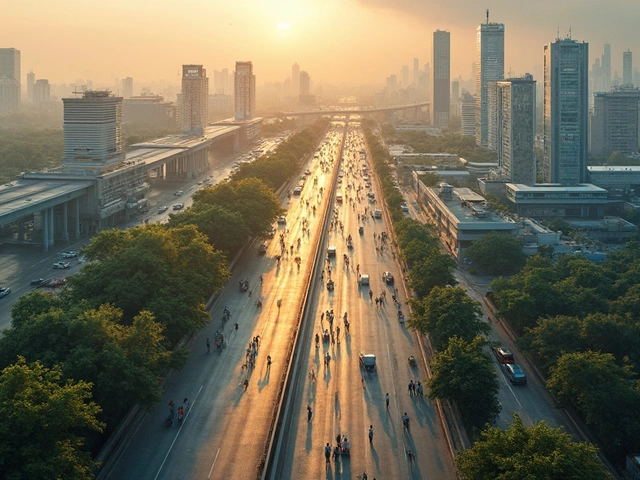
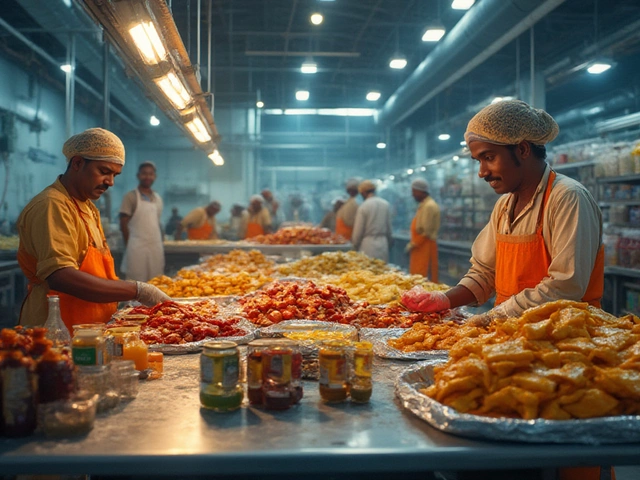
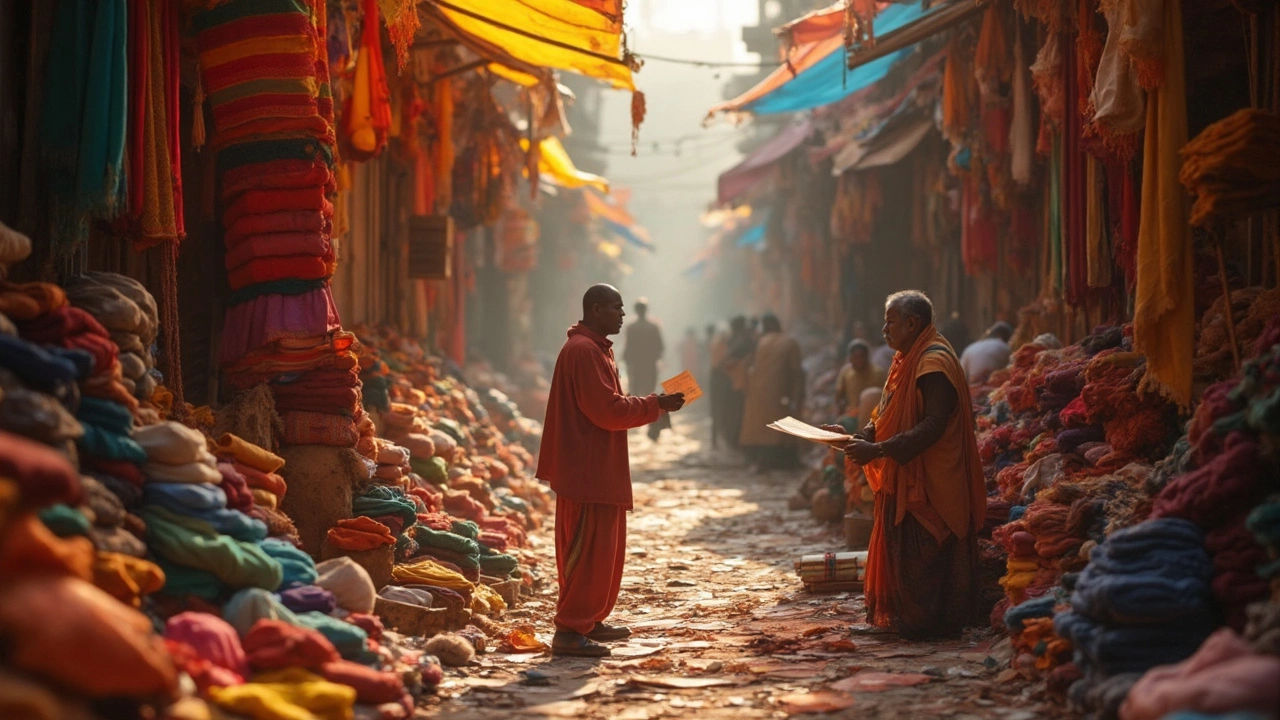
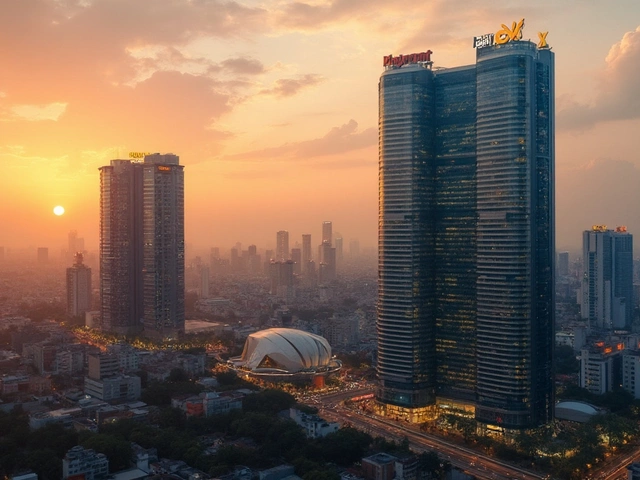
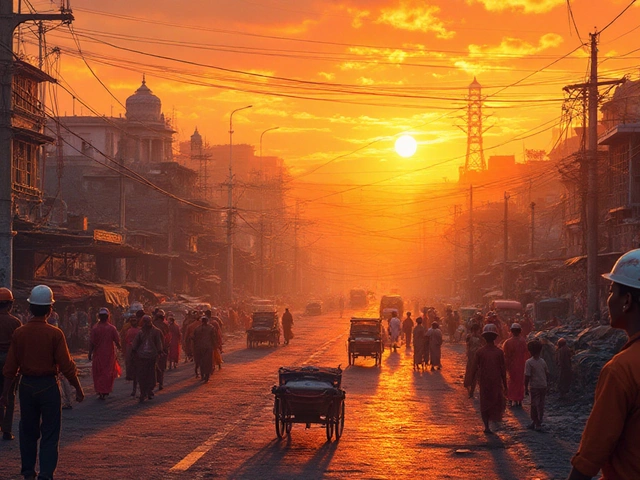
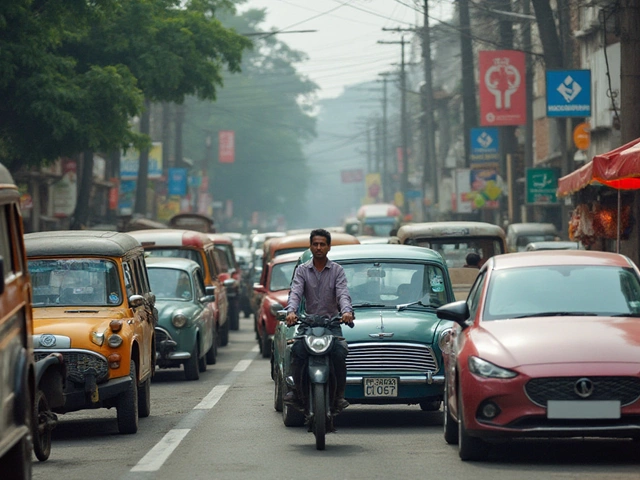
Write a comment